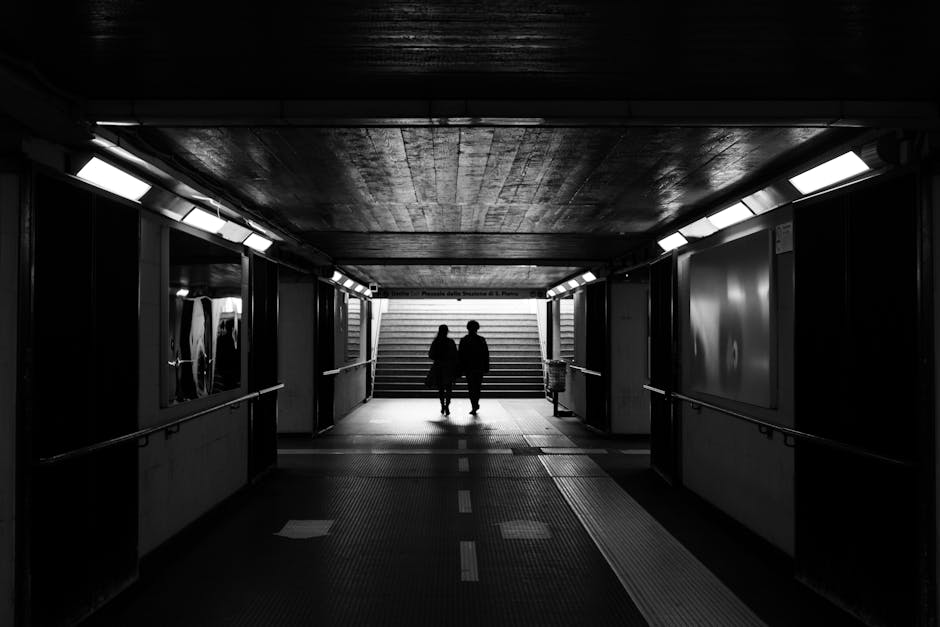Thinking about a Japan trip for 2025? Everyone heads for the big cities, the famous temples. But there’s this whole other side of Japan. You know, the kind of place that’s all about raw nature, jagged coastlines, and stuff you just don’t see anywhere else. That place is the Izu Peninsula, and its southern tip, Nummazaki, is where the real magic happens. It’s this spot at the very southern tip of the Izu Peninsula that sort of juts out into the ocean and it has some really wild nature. Forget the polished tourist trails for a minute; this is about feeling the sea spray and seeing some weird fish. This guide is all about the highlights of Nummazaki, the things you absolutely have to check out in 2025.
The Raw Power of Cape Irozaki
First up, you have to go to Cape Irozaki. It’s the absolute southernmost point of the Izu Peninsula.
You get there and boom. Cliffs.
These aren’t small cliffs either; they are huge, dramatic things that drop straight into the Pacific Ocean.
The waves crashing down below, it’s pretty loud and you can feel the power of the water.
There’s a walking path that takes you right out to the edge. It feels a bit wild, especially on a windy day.
They have a lighthouse there, the Cape Irozaki Lighthouse. It’s been there forever, guiding ships.
And at the very tip, perched on a rock, is the Iro Shrine. Some old shrine that’s dedicated to sailors and safety.
The view from here is just massive. On a good day, you can see the Izu Seven Islands out in the distance.
It is a fact that this spot gives you a real sense of being at the edge of the country.
Ryugu Sea Cave and That Heart-Shaped Surprise
Okay, so not far from the main cape area is something totally different. The Ryugu Sea Cave.
It’s a big hole in the rock, basically. A sea cave where the roof has collapsed in one spot.
You have to walk down some stairs to get to the viewing area. It’s worth it though.
When you look down from the path above, the opening in the roof is shaped exactly like a heart.
It’s one of those natural wonders that you have to see to believe. The photo op is obvious.
Down below, you can walk into the cave itself from the beach side.
The light coming through the heart-shaped hole makes the water inside look a cool turquoise color.
Walking down the path the dragon legend is something you hear about, linking this cave to some mythical creature.
Sand Skiing Nearby? Yep.
This part is a little weird but fun. Right near the Ryugu Sea Cave is the Toji Sand Ski Slope.
It’s a huge, steep sand dune that slides right down towards the ocean.
You can rent a little plastic sled, or a sandboard if you’re feeling adventurous, and just go for it.
It’s a serious workout climbing back up the dune but sliding down is a total blast.
Weird Fish at the Numazu Deepsea Aquarium
This place is a must-see. Seriously. It’s called the Numazu Deepsea Aquarium and Coelacanth Museum.
This place is weird. I mean that in the best way possible, because where else are you going to see a frozen coelacanth.
A coelacanth is a fish that was supposed to be extinct with the dinosaurs. They found them, still alive.
The aquarium has a couple of frozen ones, which is the main attraction, and they are huge and prehistoric looking.
But the rest of the aquarium is just as strange. It focuses only on creatures from the deep sea.
They have, like, all sorts of strange creatures that live in the dark. Giant isopods that look like huge pill bugs.
There are spider crabs with super long legs and fish that have their own built-in lights.
Normally, this kind of museum could be a bit dry, but this one is really well done.
Grabbing a Bite at the Port
The aquarium is located right in the Numazu Port. So, after seeing weird fish, you can eat some normal fish.
The area is full of seafood restaurants. Super fresh stuff, caught right there in Suruga Bay.
You can get amazing sushi, grilled fish, or a kaisendon, which is a bowl of rice topped with all kindss of sashimi.
It is a place where you can find some of the freshest seafood around, without the big city prices.
Eating here after the aquarium just makes sense. It’s all part of the port experience.
Just Relaxing on the Beaches
Nummazaki and the southern Izu area are also famous for beaches. These aren’t your average city beaches.
The water is incredibly clear, often a beautiful blue or green color.
And the sand is white. Like, proper tropical-island-looking white sand.
Kisami Ohama Beach is a popular one. It’s big, beautiful, and has a very chill, laid-back vibe.
It’s a great spot for swimming and sunbathing. Families and surfers both hang out here.
Then there are smaller, more hidden coves you can find if you just drive along the coast.
Sometimes it gets busy in summer, but in the spring or fall of 2025, you could have a whole stretch to yourself.
It is the sand that is so white that makes these beaches feel special. They are considered to be some of Japan’s best.
Frequently Asked Questions about Nummazaki
What is Nummazaki most known for?
Nummazaki is generally known for its dramatic, natural coastline. The main things people come to see are Cape Irozaki with its cliffs and shrine, the unique heart-shaped view at Ryugu Sea Cave, and the beautiful white sand beaches.
Is Nummazaki a good day trip from Tokyo for 2025?
It’s a bit far for a comfortable day trip. By train and bus, it can take over 3 hours one way. It’s much better to plan for an overnight stay or a weekend trip to really see the highlights of Nummazaki without rushing.
When is the best time to visit Nummazaki?
Spring (April-May) and Autumn (October-November) are typically the best times. The weather is pleasant, it’s less crowded than the summer peak, and the natural scenery is beautiful. Summer is great for beach activities but expect more people.
Can you actually swim inside the Ryugu Sea Cave?
No, you can’t swim inside the cave itself. You can walk into the sandy part of it from the shore, but the area isn’t set up for swimming. There are plenty of amazing swimming beaches, like Kisami Ohama, just a short drive away.
Why is the Numazu Deepsea Aquarium a big deal?
It’s the only one of its kind that focuses almost entirely on creatures from the deep sea, which is right there in Suruga Bay (the deepest bay in Japan). The main draw is the collection of rare coelacanths, which are super old “living fossil” fish.
Key Takeaways
Go for the Nature: The biggest draw of Nummazaki is the raw, untamed coastline. Cape Irozaki is the best example of this.
See the Heart: The Ryugu Sea Cave offers a truly unique photo opportunity with its heart-shaped opening. Don’t miss it.
Embrace the Weird: The Numazu Deepsea Aquarium is not your typical aquarium. It’s full of strange and wonderful creatures from the ocean depths.
Beach Time is a Must: The white sand and clear water of the beaches in southern Izu are top-notch. Make time to just relax by the water.
Stay the Night: To really get a feel for the area and see the main highlights, plan to stay for at least one night rather than trying to rush it in a day trip.



